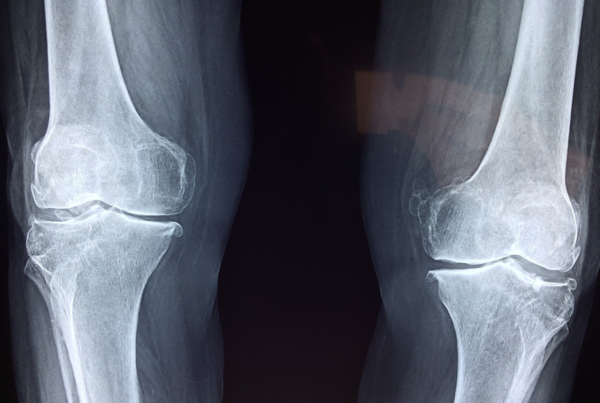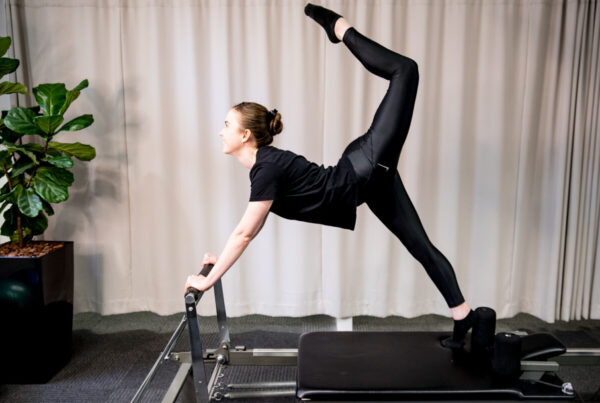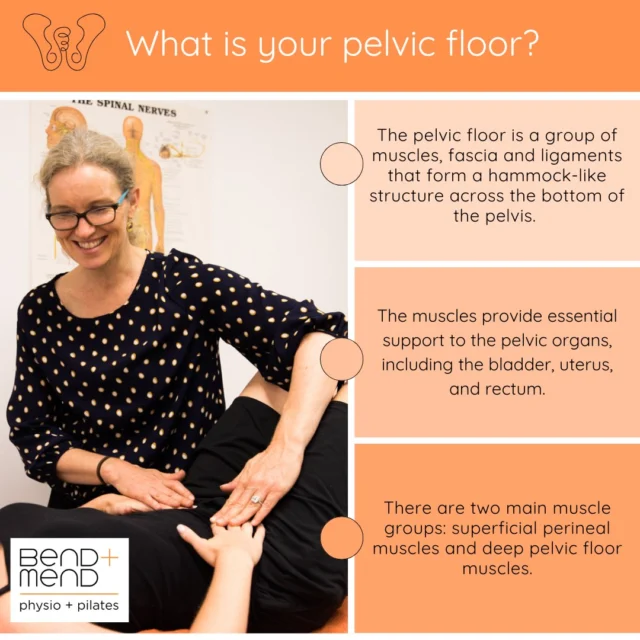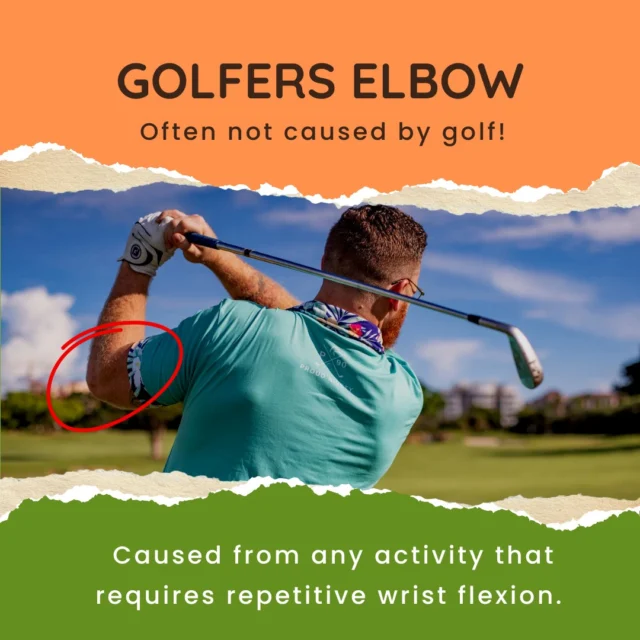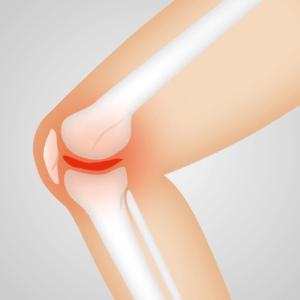 Wear and tear, also often known as Osteoarthritis or degeneration, is a very common condition affecting the joints. The bones that form our joints are covered in a smooth tissue called cartilage. When a joint develops arthritis, this cartilage becomes thinner and its surface roughened. The bone underneath this cartilage becomes thicker and the bone at the edge of the joints grows outward forming bony spurs called osteophytes.
Wear and tear, also often known as Osteoarthritis or degeneration, is a very common condition affecting the joints. The bones that form our joints are covered in a smooth tissue called cartilage. When a joint develops arthritis, this cartilage becomes thinner and its surface roughened. The bone underneath this cartilage becomes thicker and the bone at the edge of the joints grows outward forming bony spurs called osteophytes.
Risk factors that may contribute to wear and tear include:
* Age > 40 years of age
* Previous joint injury or surgery
* Obesity
* Family history of arthritis
* Repetitive stress through the joint
* Gender: Generally, for many joints, osteoarthritis is more common in females
* Other joint disorders such as Rheumatoid arthritis
There are many symptoms of wear and tear, but these are the most common:
* Stiffness: It is more common to feel stiff in the morning or after not moving for a while. This generally eases off after warming up. Sometimes there is a lasting restriction which may be due to joint surface changes or thickening of the ligaments and capsule surrounding the joint.
* Pain: It is important to remember that how much pain you are feeling does not always reflect the amount of change or damage to the joint. Pain is a multifactorial experience and can be influenced by many other factors. Some people with mild joint changes experience a lot of pain and some with major joint changes experience very little.
* Swelling: Our joints are surrounded by a soft tissue capsule. The inner layer of this produces fluid that helps to lubricate our joints. During wear and tear extra fluid may be produced causing the joint to swell.
* Creaking or grinding within the joint.
* Secondary weakness due to being unable to use the joint normally.
What can you do for joint wear and tear?
There are lots of ways to manage the symptoms of joint wear and tear.
Start by looking at the weight you are putting through the joint daily. Staying within a healthy weight range is particularly important if the joint is a weight-bearing joint such as a knee or hip.
Exercise is important both to keep the joint moving and the surrounding muscles strong. Moving helps to lubricate the joint easing stiffness and reducing any swelling. Maintaining
muscle strength in the surrounding musculature helps to off load the joint. Your Physiotherapist can guide you with the appropriate exercise for the joint affected.
If pain is limiting your sleep or your ability to exercise, then the use of heat or ice on the affected joint may help. Alternatively, talking to the GP about adequate pain relief or a referral for a cortisone injection may be necessary.
In some cases, your Physiotherapist or GP may request imaging or a scan. This is used to rule out any other cause of symptoms and to see if further invasive treatment such as surgery (to debride or replace the joint) may be appropriate.
If you are experiencing joint pain, book in to see one of our experienced team of Physiotherapists for an in-depth joint assessment. Your Physiotherapist at Bend + Mend will be able to guide you in choosing the most appropriate treatment.

